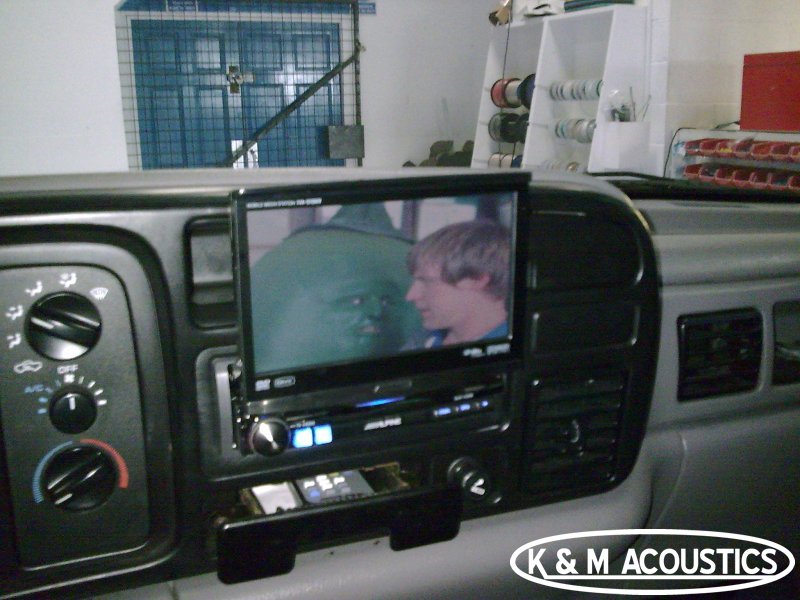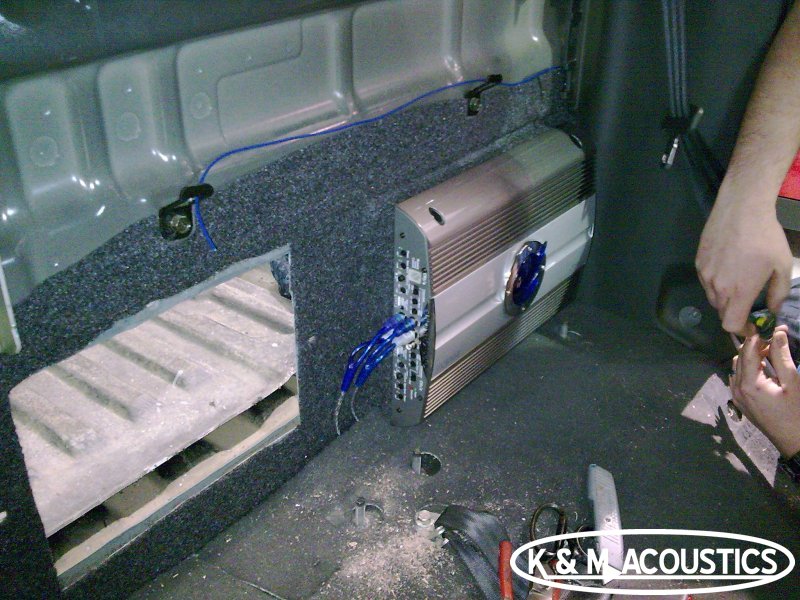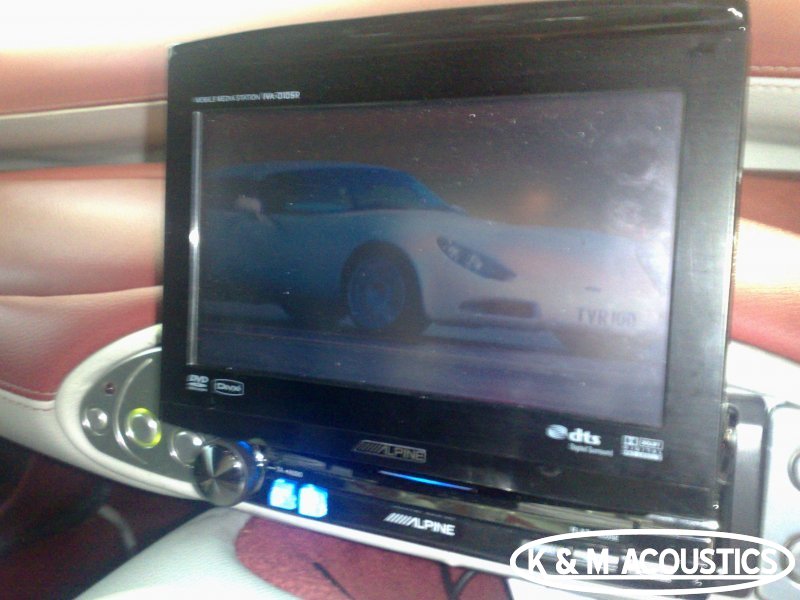How we design bass boxes.
Many years ago (1991) when we first started making bass boxes for cars we used some formulas from “The Loudspeaker Cook Book” and with the help of a laptop computer and a program written in B.A.S.I.C we could derive the “optimum” volume of air needed for any subwoofer by entering the Thiele Small parameters supplied by the manufacturer.
Way back then we knew how important the enclosure was to get the best out of the subwoofer, bear in mind the majority of car audio systems that had a subwoofer back then had the sub on the rear parcel shelf, usually in-between the 6×9 speakers.
Getting the very best from a subwoofer is not always an easy task as loudness isn’t always the number one priority. There are three main concerns when designing an enclosure; Bass extension, Efficiency and Transient Response.
Bass Extension.
Bass extension is the ability for the subwoofer to play all the different bass notes right down to ideally 25Hz, many enclosures are tuned too high resulting in an early roll off meaning the deeper notes are not reproduced properly. Generally larger enclosures naturally play deeper than small ones but bigger isn’t always better; there is an optimum for every subwoofer. What works well for one model will not work on another. In an ideal world we would have a flat bass response all the way down to around 25Hz, and still have good efficiency.
Efficiency
Efficiency is the name of the game!
Speaker manufacturers often quote efficiency in the terms of how loud their subwoofer plays 1meter away from the microphone with 1 watt of power going into their subwoofer.
If we could get music to play really loud and clear but only be using 1 watt of power that would be unbelievably efficient, unfortunately speakers don’t currently exist that have 160db @ 1w 1m.
Transient Response.
Music should be reproduced as if you were listening live. That means the bass should play in harmony with all the other speakers and not do its own thing. If you want a very tight and accurate bass line then sealed enclosures with acoustic wadding inside will do this best. If loudness is your goal then vented / ported enclosures play louder and deeper but are larger in size.
The design software we use now is called L.E.A.P by Linear X and is the main loudspeaker design program used worldwide by both speaker manufacturers and acoustic engineers. By using the same “platform” the subwoofer manufacturer’s use gives far greater accuracy when designing the enclosure and modelling how the subwoofer will behave. To our knowledge L.E.A.P is the only program which factors power into its calculations which is incredibly important on high power systems. It is common knowledge that doubling power should give an output increase of 3db but eventually power can be increased and the subwoofer doesn’t get any louder, we can calculate where that happens so you don’t waste money on amplifiers that are just too big. It is common for some subwoofers to have a high power handling of say 3500 watts however using leap and extensive testing we often find there is no point in putting more than 2100 watts into the subwoofer as the final 1000 watts or so has little effect on loudness. This is why efficiency is more important than power when the main priority is sound quality.











Leave a Reply
You must be logged in to post a comment.